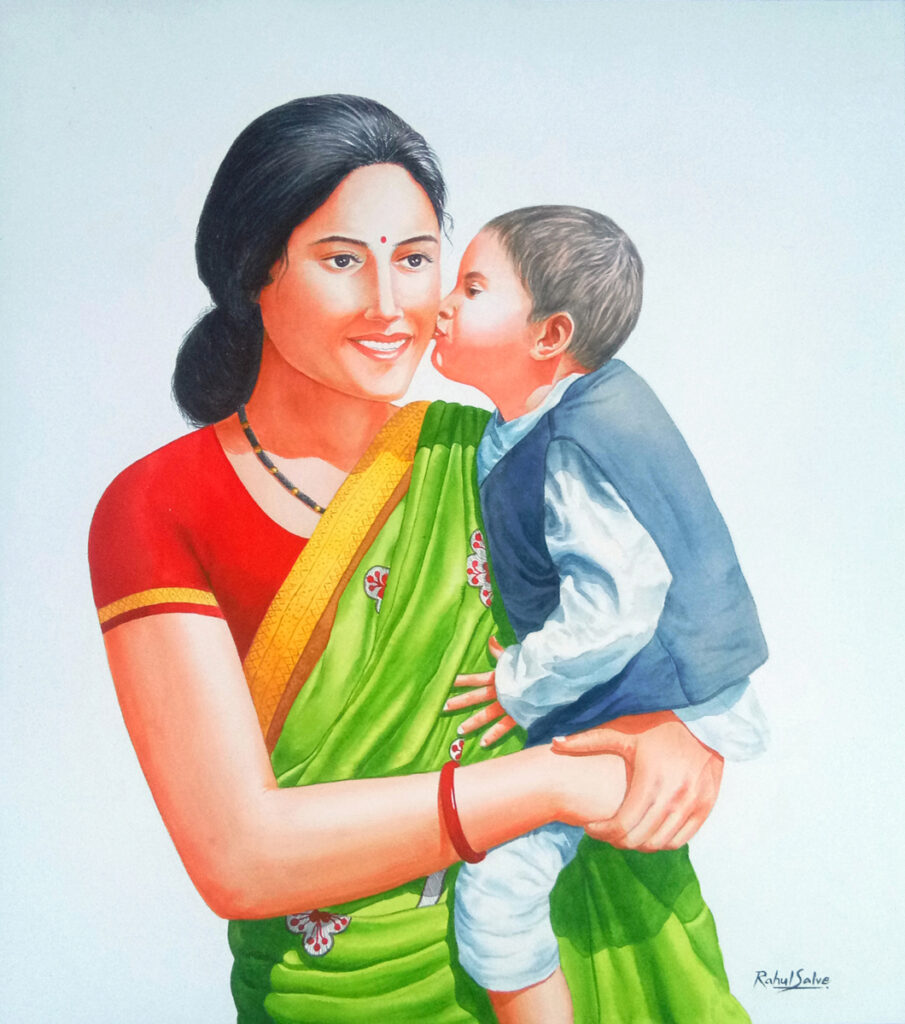5 Tips to Improve Figurative Painting Skills

While art is timeless and directly influences & speaks to the soul, figurative art instantly evokes a response— make you feel something and move you!
Also referred to as figurativism, it describes artwork—particularly paintings and sculptures which are clearly derived or retains strong references to the real world object sources. As figurative art is often taken to mean art which represents the human figure, or even an animal figure, it is therefore by definition representational.
This realism in art is created by the ability to render images using perspective, value, proportion, form, texture, etc. to depict human figurines as closely as they appear in real life.
If you are an artist— expert or just a beginner and wish to hone your skills ideally for making exquisite figurative paintings, here are some effective tips that would help you to get started:
- Paint From Real Life
While working on figurative paintings, you must learn how to study human shapes and the way light influences them. You can begin somewhere by practising with comic book characters, celebrities or even movie posters. Once you become proficient and comfortable with your materials, switch to drawing from real life. Observe carefully the movement of light— trace your imagination of how light falls on a face or any figure, casts a shadow, gets reflected or hits to produce secondary light. Take time to absorb the mood and effect of light and colour from the real world, and train your eyes to see such things meticulously and build it over time.
Observe from life — it is the ultimate key, these lessons are invaluable for any type of painting!

- Don’t Paint Skin In One Colour
Stop doing the skin in your figurative paintings using just one shade — you need to understand that using burnt sienna for painting white people and brown for darker-toned figures is not enough. Sticking to this utterly deluded conjecture will leave you myopic and cripple your figurative art skills crippled forever.
With practice and a great deal of focus perceive the subtle transitions of neutrals, warms, lights, cools, darks and more. Using only one colour to shade every part of the human figure would not help you achieve realistic effects in your artworks.
Take time to decode the colour patterns to comprehend the art in a more naturalistic manner!
- Use Your Neutrals
Don’t fall victim to the same old way of combining warms with warms everywhere (attempting to use their synergy when applied together). Instead, utilise the neutrals for cooling down or reducing the temperature of your figurative paintings a bit. You can explore the different hues of grey, green and blue — experiment and figure out which one works the best for you. A simple trick to get this right is by using shades that are already present in your work.
Remember that the environment plays a crucial role in determining the temperature of your painting. While working on a still painting from candlelight like Rembrandt, you can still this play around with this tip but you cannot end up having too many firey hot bodies in extremely cool outdoor settings — it simply doesn’t work. Match the figure you create with your environment and use neutrals in your paint mixtures.
Get hold of the neutrals, neutrals, neutrals!
- Stop Imaging Figures As Cutouts
Quit thinking of your subjects of figurative paintings as paper cut-outs or outlines. The human body and it’s every attached part are three dimensional, so don’t let it recede back into space always bear this in mind.
The darkness of the environment of your figurative painting may enhance the highlights or vice versa, bright light may make the human body appear having a dark shadow on it. The thing to comprehend is what’s in between — the body usually recedes into space while the limbs are three-dimensional, so put in the time to understand that an arm, leg, hand or a torso for that matter will have a different value than the plane of the body facing you — so that the figure does not end up looking flat.
Therefore, it is important that you treat every edge and extremity of the subject meticulously to make sure that they connect well with the environment. Doing so would make your painting look more real and precise.
Handle the edges of the subject’s figure with extreme precision for a more realistic effect!
- Keep Painting
The biggest problem keeping you from being a fine figurative painter is finishing too early. The key to achieving a great level of refinement in your artwork is don’t stop painting until it is finished. You are not going to capture the desired texture and complexity of human skin in a single session, you need to build it gradually.
Though some artists are great at alla prima technique ( in which layers of wet paint are applied to previously added layers of wet paint) and can mimic some of the looks of the human body. But if you want an excellent form of realism in your work, you have to understand that it is figured out in many layers. Be patient and make calculated improvements to get the level of refinement you desire.

“It takes years for representational artists to develop their skills in mimicking the objects before their eyes.” — Kenn Backhaus
You may find many painting techniques to get you to that endpoint, but the real way to get it right is by practice. With every mistake you encounter, you will learn and reach closer to perfection.
Learn from each painting!
Final Words
Give importance to getting to know yourself and devote time to consistently brainstorm what comes into your mind. Pay attention to how life experiences make you feel and observe the environment around you on a daily basis.
A good figurative painting does something to you — surprises you, takes you somewhere entirely different, often leaving you speechless!




